The online landscape, particularly through Google Chrome, presents a vast array of information, entertainment, and connectivity. However, it comes with a significant challenge – the prevalence of explicit content. As we delve into the intricacies of blocking porn on Chrome, it is imperative to grasp the extent of this issue and its potential impact on families.
Google Chrome, being a fast and efficient browsing app, also serves as a gateway to explicit content. The instant accessibility of such material poses a critical concern, especially for families with children. Even with the perception that blocking adult content is an insurmountable task, it’s essential to acknowledge the tools and strategies available within Chrome to mitigate these risks.
Why Block Porn on Chrome for Kids?
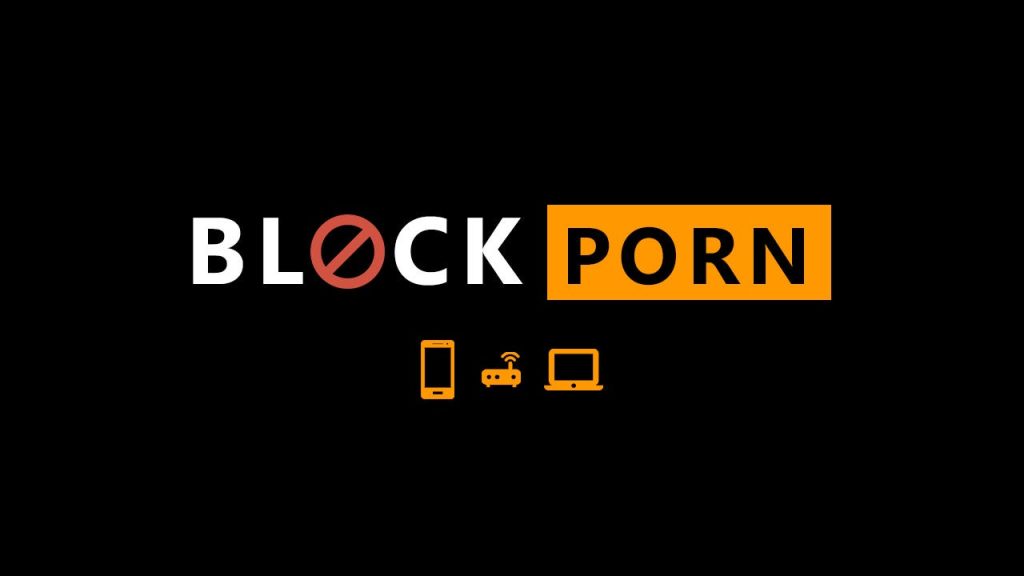

Unrestricted access to pornography poses significant risks to the mental and emotional well-being of children. The internet is rife with explicit content, and without proper measures, kids may inadvertently encounter material that is inappropriate for their age.
The impact of pornographic content on the developing minds of children cannot be understated. Exposure to explicit material at an early age can lead to distorted perceptions of relationships and intimacy.
Beyond the immediate risks, blocking porn on Chrome contributes to the cultivation of healthy digital habits. By implementing effective parental controls, parents can guide their children toward responsible online behavior. This includes developing critical thinking skills to discern appropriate content, ultimately fostering a positive and enriching digital experience.
7 Proven Ways to Block Porn on Chrome
It is crucial to create a secure digital environment for your children. To do so, you must block porn on Chrome. This chapter will show you how. It explores seven proven methods for robust parental control.
Enable Google SafeSearch
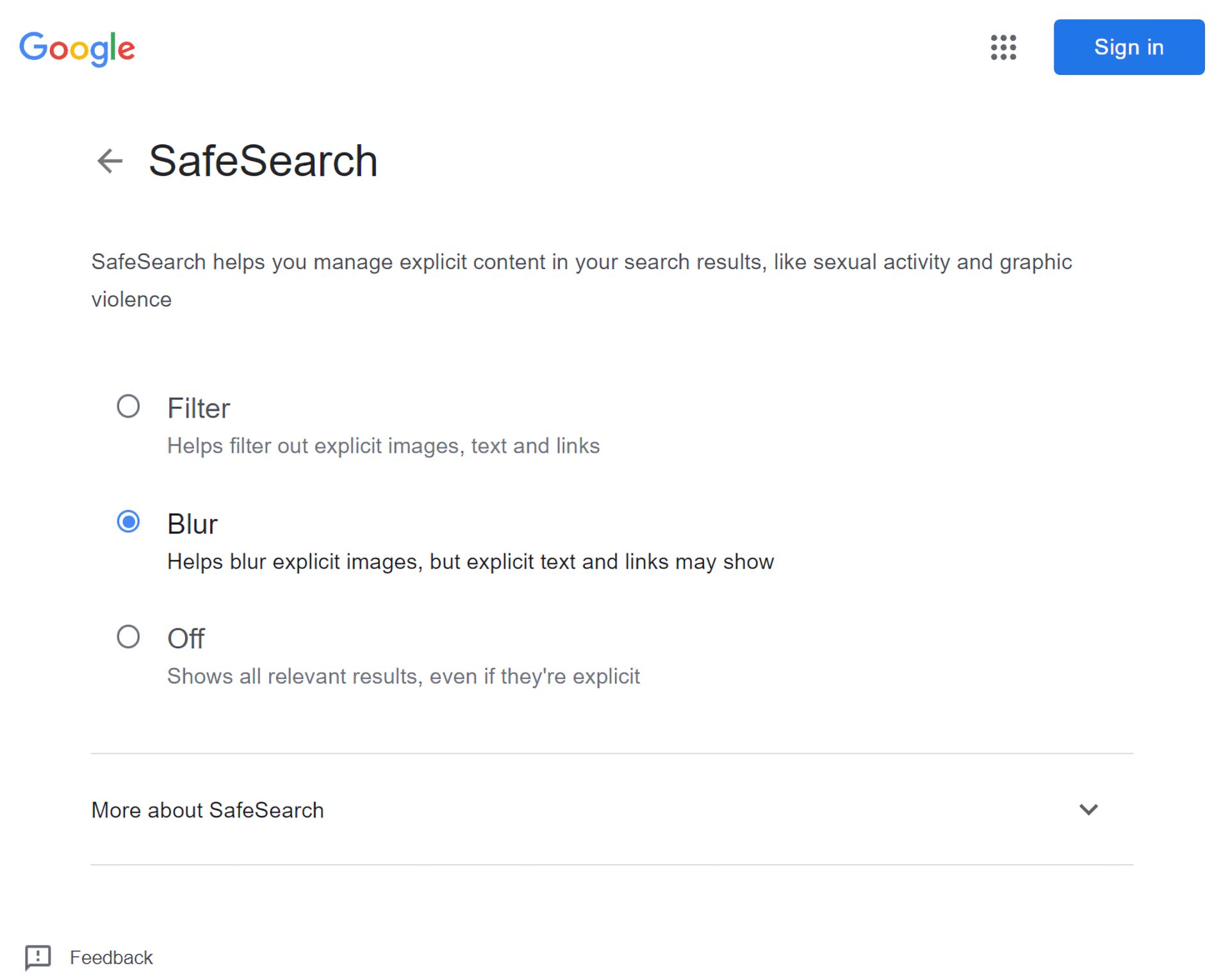
Ensuring Safe Browsing
- Enable SafeSearch from Google homepage.
- Filter explicit content from search results.
- Choose the level of filtering or select “Filter explicit results.”
Enabling Google SafeSearch acts as an initial line of defense against explicit content. By activating this feature, you instruct Chrome to filter out potentially inappropriate material from search results, creating a safer online exploration for your children.
Via Restricted Websites
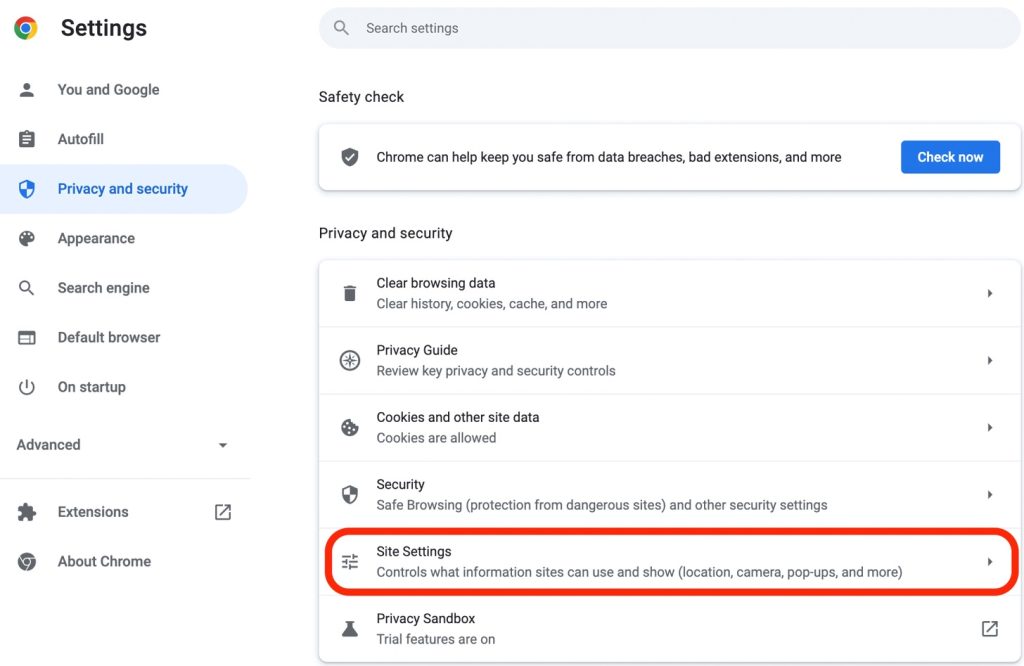

Tailored Website Access
- Access Chrome settings.
- Navigate to “Privacy and security” > “Site settings.”
- Add and block specific websites.
Utilizing the restricted websites feature in Chrome provides a customized approach to content filtering. Parents can specify which websites are off-limits, ensuring a controlled online experience tailored to their family’s values.
Using Chrome Extension - BlockSite
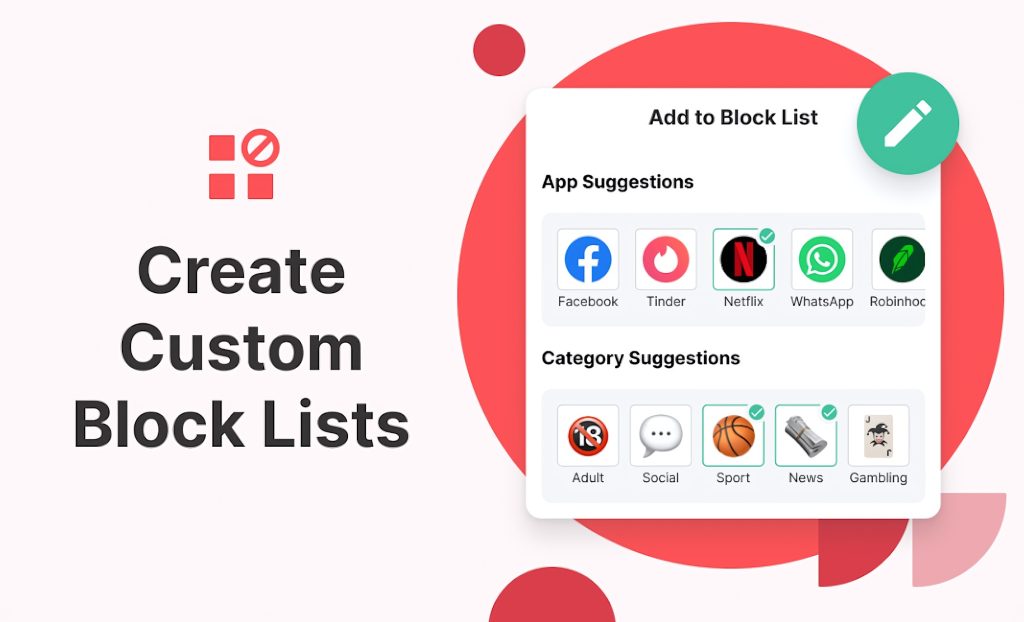

Beyond Built-in Controls
- Install “BlockSite” extension from Chrome Web Store.
- Block distracting or inappropriate websites.
- Enhance overall browsing experience.
BlockSite, a powerful Chrome extension, goes beyond the browser’s native controls. It allows parents to block specific websites, set up schedules for access, and even implement a password for added security, giving parents a comprehensive tool for managing online content.
Set up OpenDNS Service
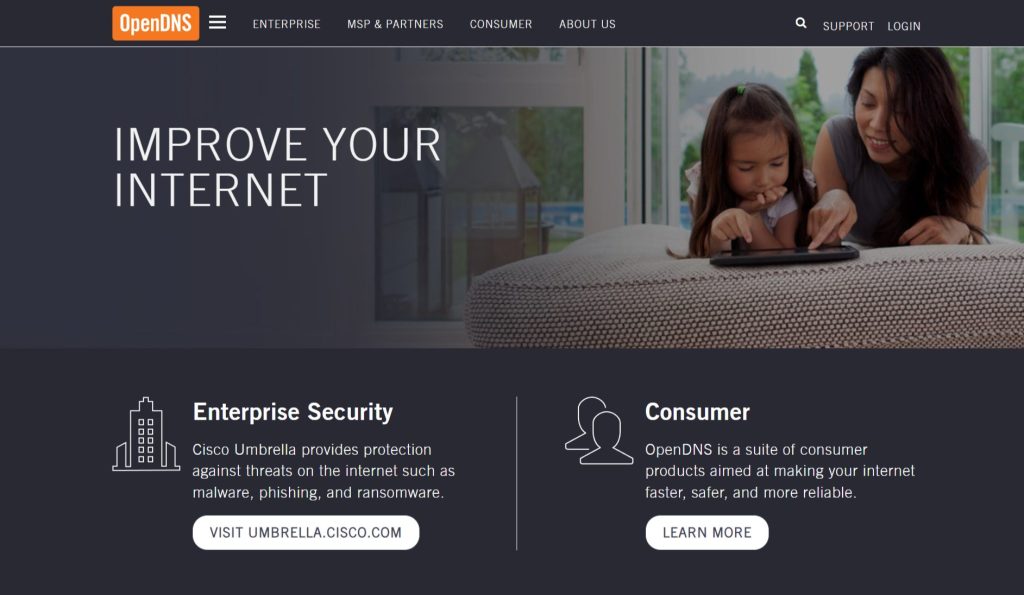
Network-Level Protection
- Create an OpenDNS account.
- Configure router settings with OpenDNS servers.
- Customize website blocking preferences.
Configuring OpenDNS service at the network level adds an additional layer of protection. By filtering content at the DNS level, you can prevent explicit material from entering your home network, safeguarding all devices connected to it.
Purchase a Router with Built-in Parental Controls
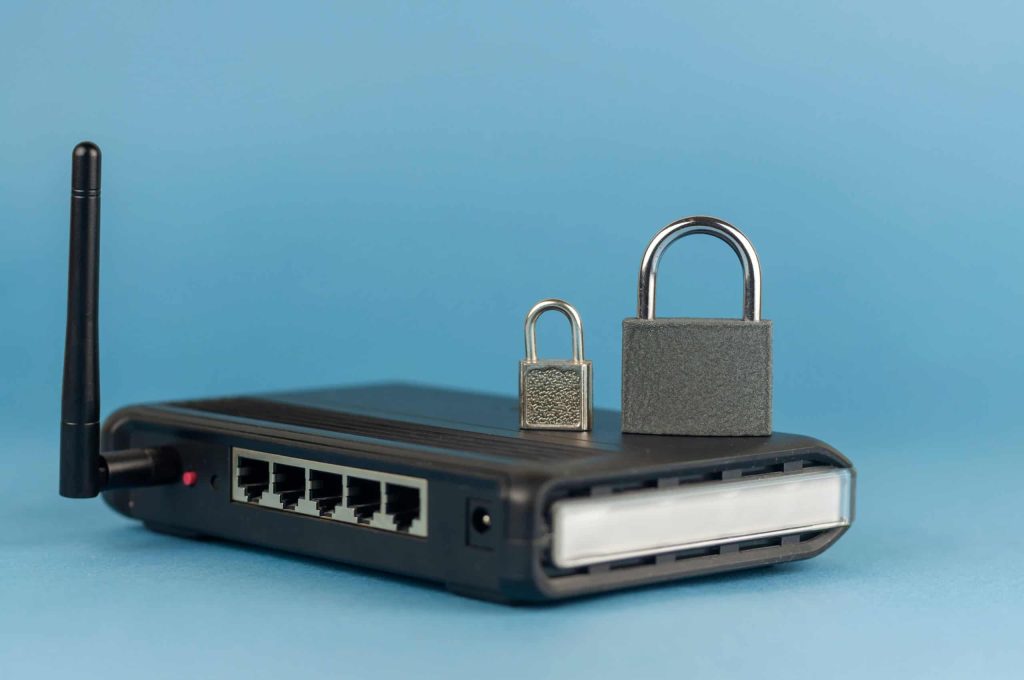
Integrated Control Hub
- Choose a router with robust parental control features.
- Block explicit content at the network level.
- Manage internet usage and set content filters.
Investing in a router with built-in parental controls offers a centralized approach to managing internet access. This hardware-based solution allows parents to regulate online activities on all connected devices, providing a seamless and efficient way to block porn.
Utilize Google Family Link


Holistic Digital Management
- Download and install Google Family Link app.
- Set digital ground regulations for child’s device usage.
- Receive immediate alerts on issues with your kid’s device.
Google Family Link emerges as a comprehensive solution for managing your child’s digital activities. From setting screen time limits to approving app downloads, it extends beyond Chrome, offering a holistic approach to parental control across various devices.
Implement Restrictions in Screen Time Settings
Balancing Digital Engagement
- Access “Settings” on Apple device.
- Navigate to “Screen Time” > “Content & Privacy Restrictions.”
- Limit access to adult websites.
Chrome’s screen time settings enable parents to strike a balance between online and offline activities. By setting specific time limits for Chrome usage, you encourage healthier digital habits and reduce the risk of overexposure to explicit content.
Implementing these seven proven methods equips parents with a robust toolkit to block porn on Chrome effectively. Each strategy addresses different aspects of online safety, providing a layered defense that adapts to the dynamic digital landscape.
Other Ways to Block Porn on Google for Your Kids
As the digital landscape evolves, parents must explore diverse avenues to shield their children from explicit content on Google Chrome. This chapter provides the tools you need to take control of your child’s online experience.
Using Google Play Restrictions
Customizing App Access
- Launch the Google Play Store on your child’s smartphone.
- Access the menu through the three horizontal lines.
- Navigate to “Settings” and click on “Parental controls.”
- Toggle the switch to enable parental controls.
- Set a strong PIN for security.
- Establish content limitations based on your child’s age and preferences.
Google Play Restrictions offer a nuanced approach to content control. By adjusting the content restrictions in the Google Play Store, parents can curate the type of apps their children can access, enhancing overall digital safety.
Exploring Chrome's Supervised User Feature
Refined Browsing Controls
- Open Google Chrome and click on the three vertical dots.
- Select “Settings” and go to the “People” menu.
- Choose “Manage other people” and click on “Add person.”
- Name the supervised user, select an avatar, and click “Next.”
- Toggle on “Control and view the websites this person visits.”
- Click “Add” and enter the websites you want to allow or block.
Chrome’s Supervised User Feature emerges as a refined tool for managing your child’s online experience. This feature allows parents to create supervised accounts with tailored browsing permissions, providing an added layer of control beyond standard parental settings.
Monitor Your Kids' Online Activity with AirDroid Parental Control
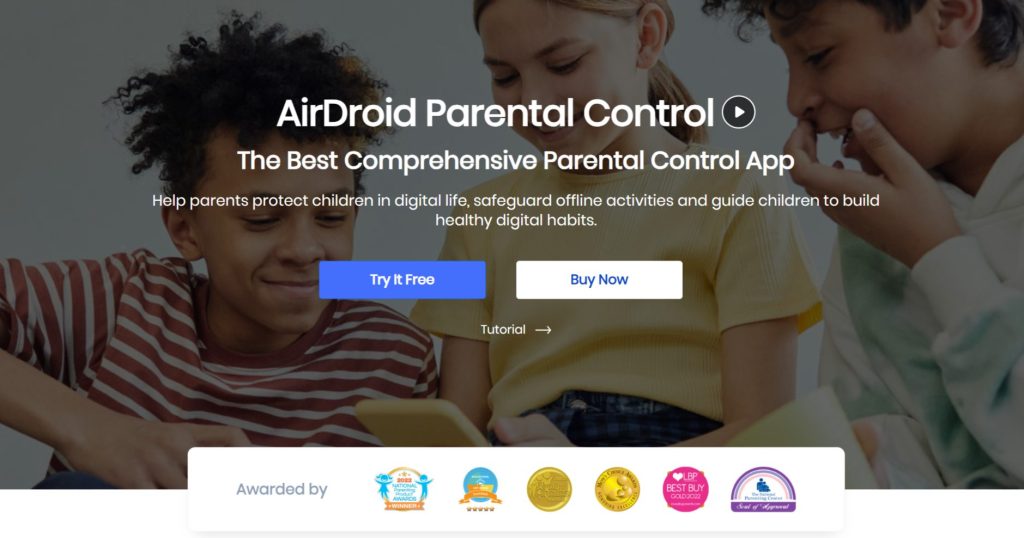

Real-time Insights for Informed Parenting
- Download the AirDroid Parental Control app from the Google Play Store or App Store and create an account.
- Install AirDroid Kids on your child’s phone and enter the pairing code.
- Configure necessary settings for monitoring.
- Receive real-time insights into your child’s digital activities, including websites visited, apps used, and time spent online.
AirDroid Parental Control goes beyond conventional monitoring tools, offering real-time insights into your child’s digital activities. From websites visited to time spent online, this app empowers parents with detailed information to make informed decisions about their child’s online engagement.
Exploring these additional methods enhances the spectrum of options available to parents striving for a secure online environment. By combining strategies, you create a comprehensive defense against explicit content, fostering a digital space where your children can explore and learn safely.
Talk to Your Kids Openly about Porn


Integrate sex education seamlessly into daily conversations. This approach helps demystify the topic, making it a natural part of discussions about health, relationships, and personal well-being.
- Initiate Age-Appropriate Conversations:
- Tailor your discussions based on your child’s age and maturity level.
- Start with age-appropriate conversations about online safety and responsible internet use.
- Create an Open and Non-Judgmental Environment:
- Ensure your child feels comfortable discussing sensitive topics without fear of judgment.
- Encourage questions and assure them that open communication is essential.
- Highlight the Importance of Responsible Online Behavior:
- Emphasize the potential risks and consequences of accessing explicit content.
- Discuss the difference between healthy and unhealthy online behaviors.
- Use Real-Life Examples and Scenarios:
- Share real-life examples or scenarios to illustrate the potential harms of pornography.
- Make the discussion practical and relatable to your child’s experiences.
- Promote Critical Thinking:
- Teach your child to think critically about online content and question its appropriateness.
- Encourage them to consider the impact of their online choices on their well-being.
- Discuss Healthy Relationships and Respect:
- Talk about the importance of healthy relationships, consent, and respect.
- Address any misconceptions or unrealistic portrayals of relationships in explicit content.
- Reiterate Your Role as a Supportive Parent:
- Let your child know that they can always come to you with concerns or questions.
- Reiterate your commitment to supporting them in navigating the challenges of the online world.
- Set Clear Boundaries and Expectations:
- Establish clear rules regarding internet use and the type of content that is appropriate.
- Clearly communicate the consequences of violating these rules.
- Regularly Check In on Their Online Activities:
- Maintain an ongoing dialogue by regularly checking in on your child’s online activities.
- Stay informed about the websites they visit and the apps they use.
- Be Prepared to Adjust Discussions Over Time:
- Recognize that conversations about sensitive topics may need adjustment as your child grows.
- Adapt your approach to align with their evolving understanding and experiences.
Remember, open communication is a crucial component of guiding your children through the digital landscape, ensuring they develop a healthy perspective on explicit content and make responsible choices online.
Questions and Answers:
How can Google SafeSearch protect my child online?
Google SafeSearch filters explicit content from search results, reducing the chances of stumbling upon inappropriate material.
Can AirDroid Parental Control monitor real-time online activities?
Yes, AirDroid Parental Control provides real-time insights into your child’s digital activities, helping parents make informed decisions.
Why is it essential to talk to kids openly about porn?
Open dialogues about porn within the context of sex education provide age-appropriate information, shaping a healthier mindset and online behavior.









